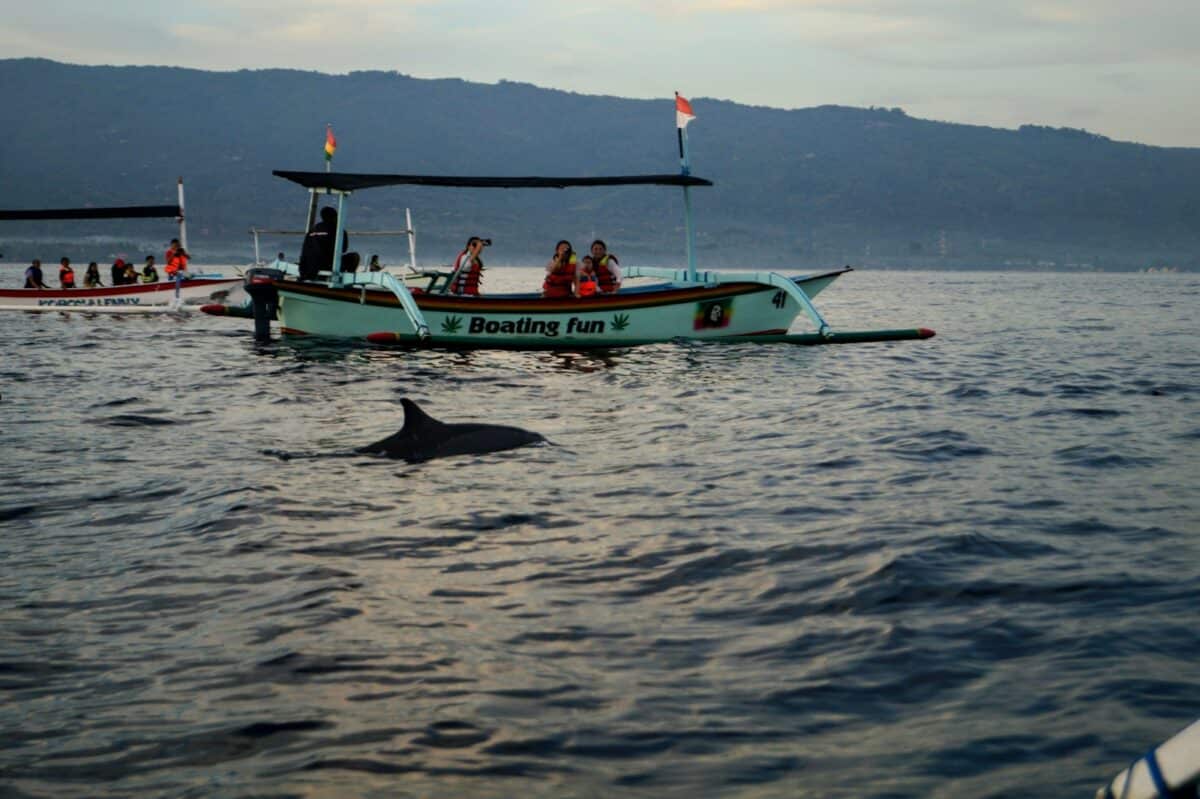Dolphins are among the most sophisticated communicators in the animal kingdom, utilizing complex acoustic signals that allow them to navigate, hunt, socialize, and maintain group cohesion. Their communication system involves a variety of vocalizations including whistles, clicks, burst-pulses, and other sounds that travel efficiently through water. Unlike humans who primarily rely on visual and verbal cues, dolphins have evolved in an environment where sound travels five times faster than in air and can reach much greater distances.
Each dolphin develops a unique “signature whistle” early in life, functioning similar to a name that allows individuals to identify themselves to others. These marine mammals also use echolocation—emitting high-frequency clicks that bounce off objects and return to the dolphin, creating a detailed acoustic image of their surroundings. This sophisticated biological sonar not only helps them locate prey in murky waters but also forms a critical component of their communication network, allowing dolphins to coordinate group hunting activities and maintain social bonds across considerable distances.
The Acoustic Environment of Marine Mammals

The underwater world inhabited by dolphins is naturally filled with ambient sounds—from crashing waves and rainfall to the calls of other marine species and the movement of sediment. This natural soundscape has shaped dolphin communication evolution over millions of years, with their acoustic abilities finely tuned to function within this specific environment. Dolphins can hear frequencies ranging from 1 kHz to 150 kHz, far exceeding human hearing capabilities that typically max out around 20 kHz, allowing them to detect subtle acoustic signals even in naturally noisy conditions.
However, the marine acoustic environment has undergone dramatic changes in the past century. What was once primarily composed of natural sounds now contains an increasing proportion of anthropogenic (human-generated) noise. This transformation represents one of the most significant habitat alterations for marine mammals, comparable to deforestation or urbanization on land. The introduction of motorized vessels, offshore construction, seismic exploration, and military sonar has created a fundamentally different acoustic reality for dolphins—one their communication systems did not evolve to navigate.
Sources and Characteristics of Boat Noise
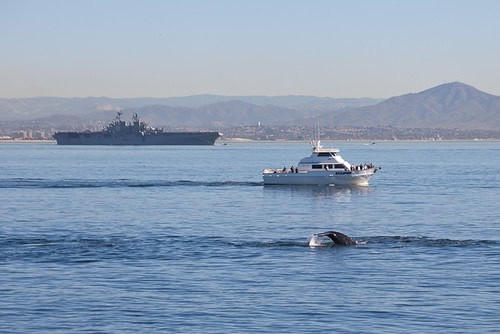
Boat noise in marine environments comes from numerous sources, each with distinct acoustic properties that affect dolphins differently. The primary source is propeller cavitation—the formation and collapse of air bubbles created by propellers spinning through water—which generates a continuous broadband noise. Engine vibrations contribute mechanical noise that typically falls within lower frequencies (20-1000 Hz). However, these sounds can propagate for kilometers underwater, creating a persistent acoustic presence that extends far beyond the visible presence of the vessel.
Different vessel types produce characteristic noise profiles. Large commercial ships create intense, low-frequency sounds that can travel extraordinary distances, sometimes detectable hundreds of kilometers away. Smaller recreational boats, while producing less powerful sounds, often operate in coastal zones where dolphin populations are concentrated, and their unpredictable movements can create more disruptive acoustic conditions. High-speed vessels like jet skis generate particularly problematic noise patterns, with rapid changes in acoustic intensity that can be especially disruptive to dolphin communication systems that rely on detecting subtle variations in sound patterns.
Masking Effects on Dolphin Signals

One of the most significant impacts of boat noise on dolphin communication is the “masking effect”—when anthropogenic noise overlaps with the frequency range of dolphin vocalizations, effectively drowning out their signals. Research has demonstrated that boat noise particularly affects the mid-frequency range (1-10 kHz) where many dolphin social calls occur. This masking reduces the effective communication range for dolphins, sometimes dramatically. Studies in bottlenose dolphin habitats have documented reductions in communication space by up to 80% during periods of heavy boat traffic.
The masking phenomenon is particularly problematic because dolphins cannot simply “speak louder” indefinitely to compensate for background noise. While they do exhibit the Lombard effect (increasing call amplitude in response to noise), this adaptation has physiological limits and comes with energetic costs. Additionally, some types of dolphin vocalizations—particularly the subtle frequency modulations in signature whistles that carry identity information—may be impossible to perceive accurately when masked by boat noise, regardless of volume. This can be compared to trying to recognize someone’s voice in a crowded, noisy restaurant—even if they shout, the characteristic qualities that make their voice distinctive become lost.
Behavioral Responses to Vessel Noise

Dolphins exhibit a range of behavioral modifications when exposed to boat noise, demonstrating the significant impact these acoustic disturbances have on their natural activities. Researchers have documented immediate responses including dive pattern changes, swimming speed alterations, and course changes to avoid noisy vessels. More concerning are observations of dolphins abandoning critical feeding areas when boat traffic becomes too intense. In locations with heavy tourism focused on dolphin watching, scientists have recorded reduced foraging efficiency, with dolphins spending less time feeding and more time traveling when vessels are present.
Communication behaviors specifically show marked changes in response to boat noise. Studies using hydrophone arrays have captured dolphins altering their whistle characteristics—making them longer, simplifying the frequency modulation patterns, or shifting to higher frequencies that may propagate above the noise. In some populations, dolphins reduce overall vocalization rates in noisy conditions, essentially “falling silent” when boats are present. This response is particularly concerning as it suggests a trade-off between communication and noise exposure that could have significant implications for group cohesion and social structure.
Long-term Communication Adaptations

Faced with chronic noise pollution, some dolphin populations have developed long-term adaptations in their communication systems. Research in areas with persistent boat traffic has documented changes in the fundamental structure of dolphin whistles, with populations in noisier habitats developing calls with higher minimum frequencies that rise above the predominantly low-frequency noise from vessels. Studies comparing the same dolphin species across different habitats have found that individuals living in busier waterways produce whistles with less frequency modulation—essentially simplifying their calls to improve detection in noisy conditions.
While these adaptations demonstrate dolphins’ remarkable flexibility, they likely come with costs to communication efficiency. More complex whistle patterns can carry more information, and simplification may reduce the richness of information exchange. Additionally, shifting to higher frequencies may reduce communication range, as higher-frequency sounds attenuate more quickly in water. The situation creates an evolutionary pressure that forces dolphins to optimize their calls for noise resistance rather than information content or transmission distance—a trade-off that wouldn’t exist in natural acoustic conditions.
Physiological Stress Responses
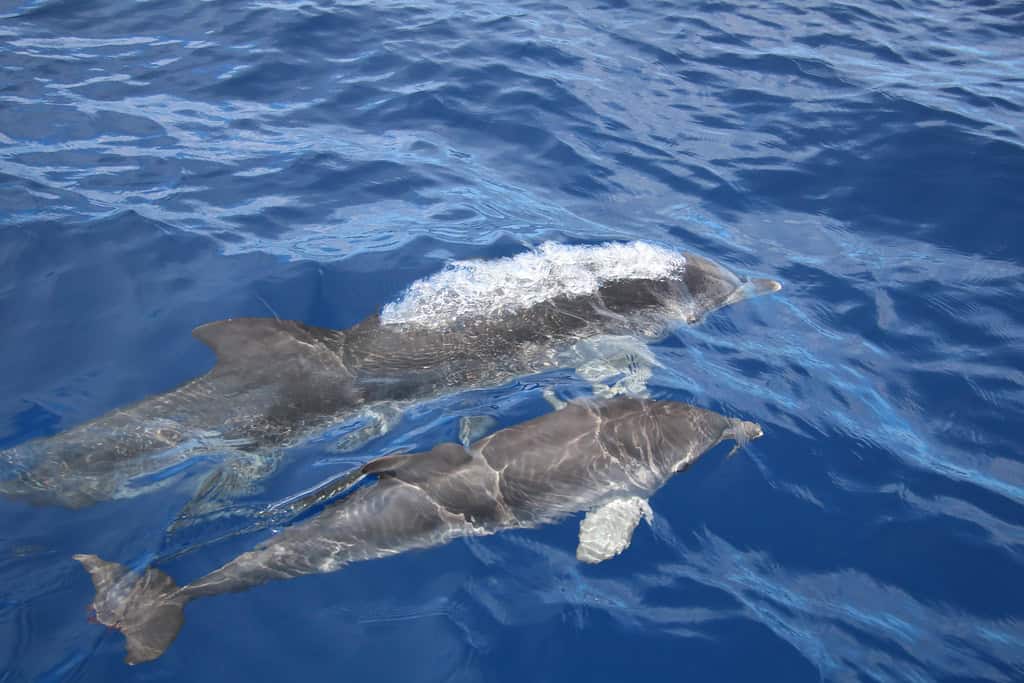
Beyond behavioral changes, boat noise exposure triggers measurable physiological stress responses in dolphins. Studies analyzing hormone levels in wild dolphins have found elevated stress hormones (particularly cortisol) in animals routinely exposed to high levels of vessel noise. This chronic stress can compromise immune function, reproductive success, and overall health. Research using non-invasive blow sampling techniques has allowed scientists to monitor stress responses without capturing animals, revealing correlations between noise exposure duration and stress hormone concentration.
The connection between acoustic disturbance and physiological stress appears particularly strong when the noise interferes with social communication. Mother-calf pairs show especially pronounced stress responses when their communication is disrupted by boat noise, suggesting that maintaining acoustic contact between mothers and dependent young is critically important. The energy expenditure required to compensate for communication difficulties (producing louder calls, repeating signals, or physical relocation to quieter areas) represents another physiological cost, potentially reducing the energy available for other vital activities like foraging, predator avoidance, and reproduction.
Impact on Social Structure and Group Cohesion
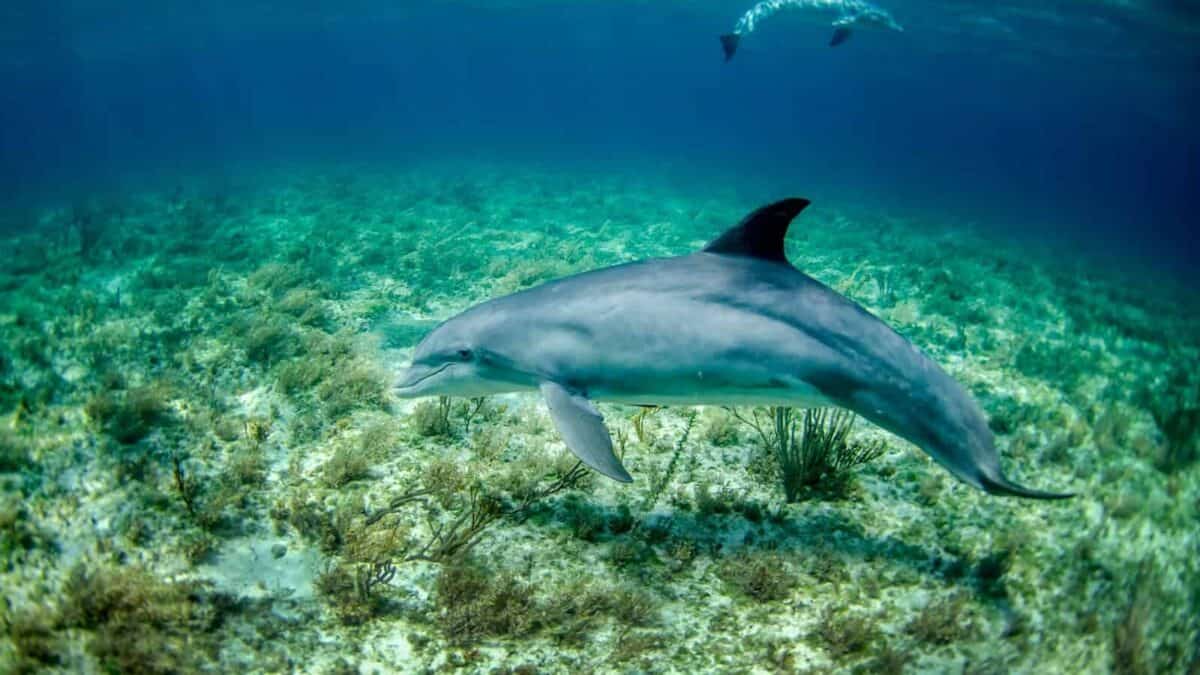
Dolphins are highly social animals that depend on acoustic communication to maintain complex social networks. Boat noise that disrupts this communication can have cascading effects on social structure. Long-term studies in areas with increasing boat traffic have documented changes in group size and composition, with some populations showing a trend toward smaller, less stable groups when exposed to chronic noise. This fragmentation of social units is particularly concerning because dolphins rely on cooperative behaviors for successful foraging, protection from predators, and calf rearing.
The impact on mother-calf relationships deserves special attention, as acoustic communication plays a vital role in maintaining contact between mothers and dependent young. Research has shown that noise from approaching vessels can separate mother-calf pairs, as the noise masks the subtle contact calls they use to coordinate movements and locate each other. Studies using drone footage synchronized with acoustic recordings have captured instances where boat noise coincided with temporary mother-calf separations, potentially increasing predation risk for calves and causing significant stress for both individuals.
Geographical and Population Differences
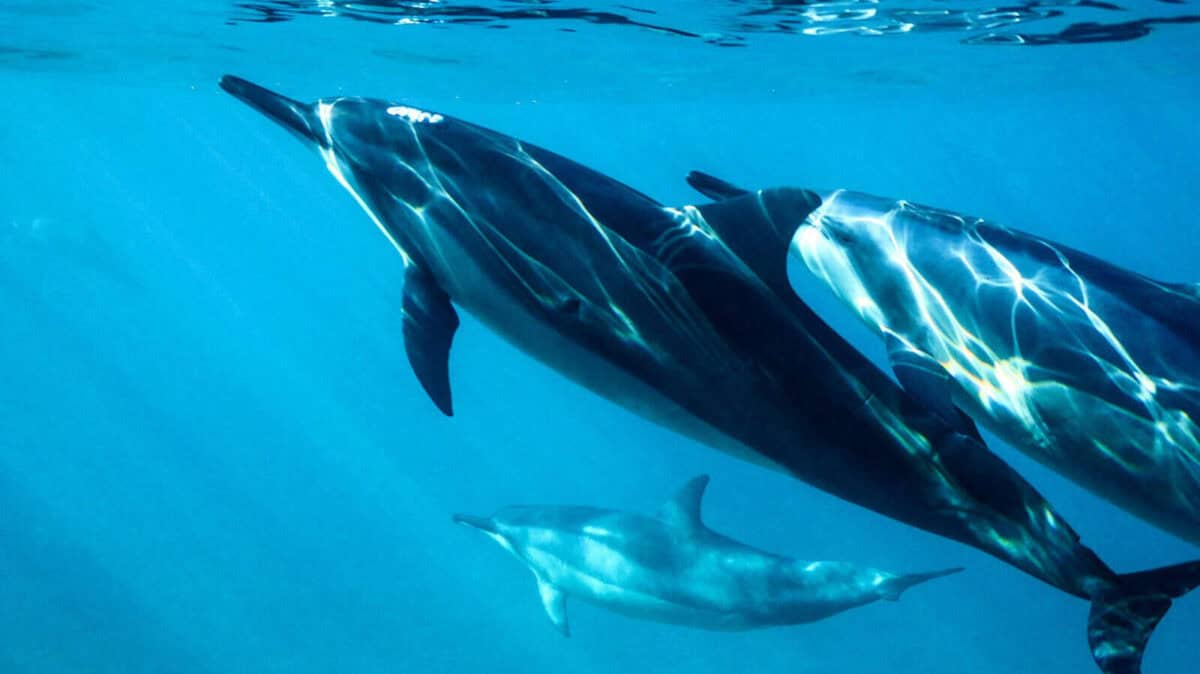
The impact of boat noise varies considerably across different dolphin populations and habitats. Coastal bottlenose dolphins living in busy harbors and popular tourist destinations experience near-constant acoustic disturbance, while offshore populations encounter noise less frequently but may be exposed to more intense sounds from large commercial vessels. Research comparing communication patterns across these different contexts reveals that coastal populations living with chronic noise exposure often show more pronounced adaptations, including significant shifts in call characteristics compared to their offshore counterparts.
Geographical features also influence how boat noise affects dolphins. In enclosed bays, sounds can reverberate off shorelines, extending exposure duration. Shallow water environments experience greater propagation of certain frequency ranges that can exacerbate masking effects on dolphin signals. Studies conducted in areas with different topographical features have found that the same level of boat traffic can produce significantly different impacts depending on the acoustic properties of the habitat. This variability highlights the importance of location-specific management approaches rather than one-size-fits-all regulations.
Mitigation Strategies and Technical Solutions

Numerous technological approaches have been developed to reduce the acoustic impact of vessels on dolphin communication. Propeller modifications that reduce cavitation, engine vibration isolation systems, and hull designs that minimize water turbulence can all significantly reduce underwater noise signatures. Some commercial shipping companies have voluntarily implemented “slow steaming” practices, reducing engine speed in areas with known marine mammal populations. This approach not only reduces noise but also decreases fuel consumption, creating an economic incentive aligned with conservation goals.
For recreational vessels, which often operate in coastal dolphin habitats, electric motors represent a promising solution, producing substantially less underwater noise than traditional combustion engines. In areas with high dolphin tourism, some operators have adopted specialized propulsion systems designed to minimize acoustic disturbance. Regulatory approaches include establishing “quiet zones” in critical dolphin habitats, speed restrictions in sensitive areas, and vessel number limitations. The most effective mitigation strategies combine technological improvements with science-based regulations and boater education programs that help vessel operators understand how their actions affect marine mammal communication.
Research Challenges and Methodological Advances

Studying the effects of boat noise on dolphin communication presents significant methodological challenges. Traditional observational studies can establish correlations between vessel presence and behavioral changes but often struggle to isolate acoustic impacts from other factors like physical disturbance or visual stimuli. Recent advances in research technology have dramatically improved our understanding of these complex interactions. Acoustic recording tags temporarily attached to dolphins can simultaneously record the sounds the animal produces, the noise it experiences, and its movement patterns, providing unprecedented insights into how individuals respond to specific acoustic events.
Controlled exposure experiments, where researchers systematically introduce recorded boat noise to dolphin groups while monitoring their responses, have helped establish causal relationships between specific noise characteristics and communication disruptions. Advanced signal processing techniques allow researchers to quantify masking effects and communication space reduction. Perhaps most exciting are new machine learning approaches that can process massive acoustic datasets to identify subtle changes in dolphin communication patterns that might be missed by human analysts. These technological advances are rapidly expanding our understanding of how boat noise affects these acoustically specialized marine mammals.
Conclusion: Balancing Human Activity and Dolphin Conservation
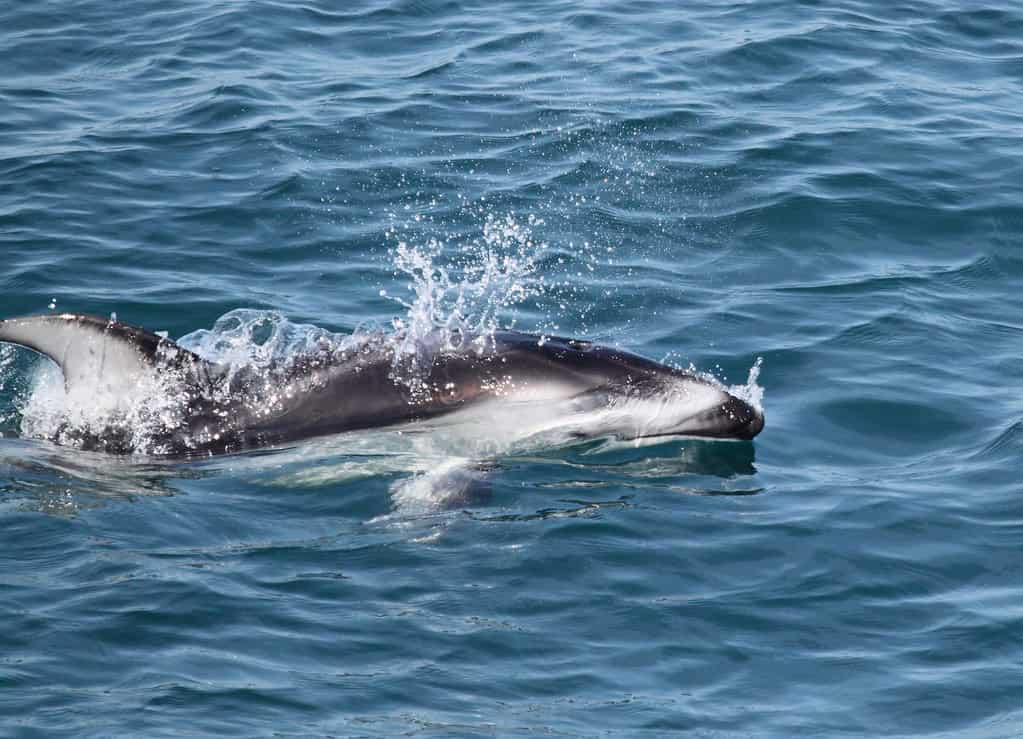
The impact of boat noise on dolphin communication represents a significant but often overlooked form of habitat degradation in marine environments. Unlike visible pollution or direct physical harm, acoustic disturbance creates “invisible” damage that can fundamentally alter the communication systems dolphins have evolved to rely upon. The scientific evidence clearly demonstrates that boat noise can mask vital signals, trigger stress responses, alter behavior patterns, and potentially fragment social groups—all consequences that threaten dolphin population health and resilience.
Yet this challenge also presents opportunities for solutions that balance human marine activities with dolphin conservation. Technological innovations in vessel design, combined with thoughtful regulations and increased public awareness, can substantially reduce acoustic impacts without eliminating human access to marine environments. The most promising approaches treat underwater noise as a serious form of pollution requiring management rather than an inevitable consequence of marine activities.
Moving forward, continued research using advanced methodologies will be essential to refine our understanding of how different vessel types, operating patterns, and noise characteristics affect various dolphin species and populations. This knowledge can inform increasingly targeted and effective mitigation strategies. By recognizing the fundamental importance of acoustic communication to dolphin societies and taking concrete steps to protect their acoustic environment, we can ensure these remarkable marine mammals can continue to thrive alongside human activities in shared ocean habitats.
- The Way Dogs Can Tell When You’re Sad - August 24, 2025
- Should We Reintroduce Wolves to More U.S. States? - August 24, 2025
- The Ultimate Guide to Spotting Owls in the Wild - August 24, 2025

